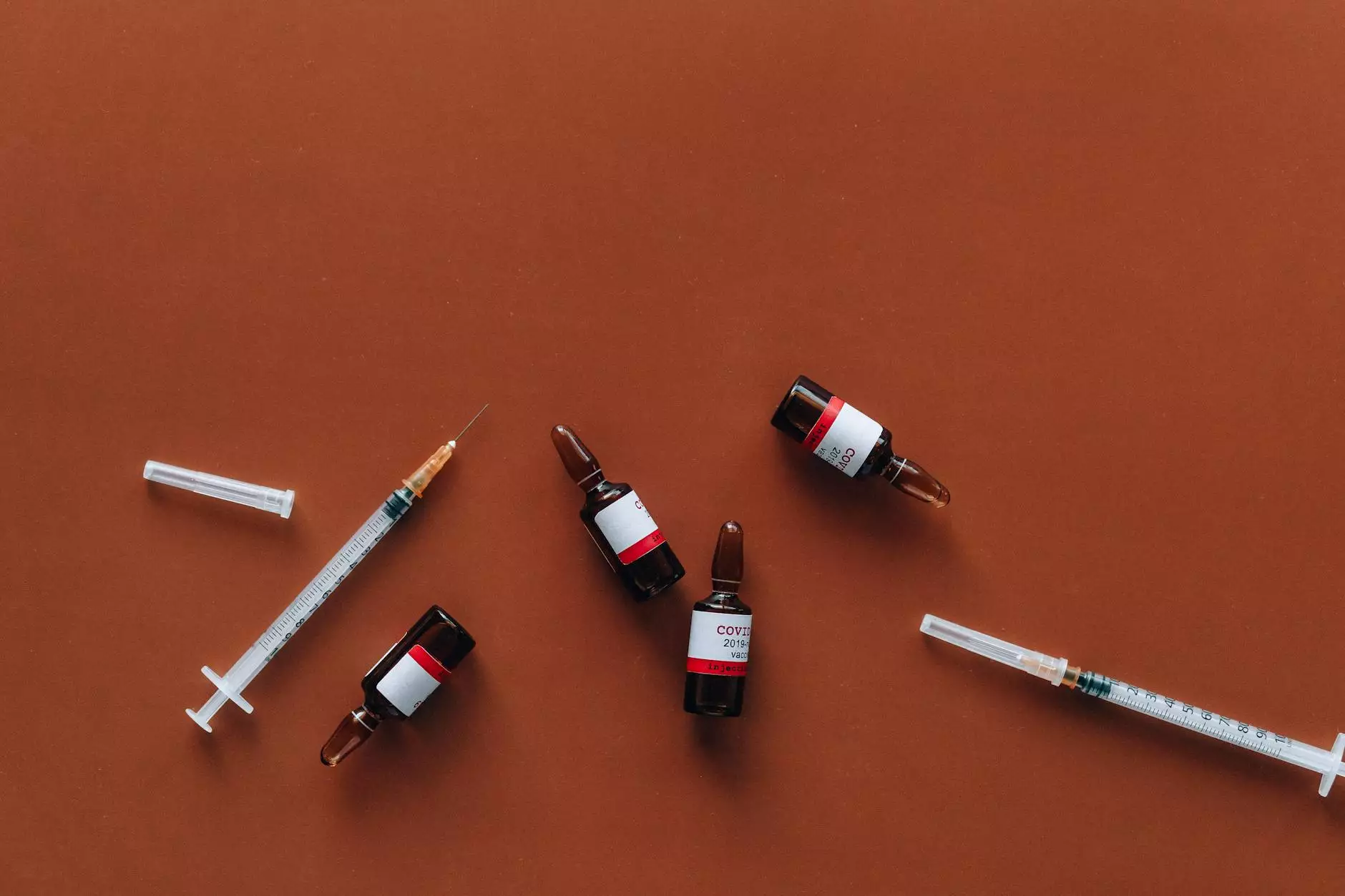How to Give Yourself Semaglutide Injection: A Comprehensive Guide

Semaglutide is a powerful medication used primarily for weight management and the treatment of type 2 diabetes. With a growing number of individuals relying on this treatment, understanding how to give yourself a semaglutide injection is essential. This guide will provide you with all the information needed to administer your medication safely and effectively, ensuring you achieve the best health outcomes.
Understanding Semaglutide
Before diving into the specifics of self-administration, it is important to understand what semaglutide is and how it works. Semaglutide is a GLP-1 receptor agonist that mimics the incretin hormones in your body. It plays a crucial role in:
- Regulating blood sugar levels: By promoting insulin secretion and lowering glucagon secretion, semaglutide helps maintain blood glucose within normal ranges.
- Facilitating weight loss: Semaglutide reduces appetite and slows gastric emptying, leading to reduced calorie intake and weight loss over time.
Preparation for Self-Administration
Gathering Your Supplies
Before you begin the injection process, ensure that you have the necessary supplies:
- Semaglutide pre-filled pen: Ensure your medication is not expired and is stored correctly, typically in a refrigerator until use.
- Alcohol swabs: For disinfecting your injection site.
- Sharps container: For safe disposal of used needles and pens.
- Stopwatch or timer: It may help to wait the recommended time post-injection before moving on to your next activity.
Choosing the Right Injection Site
Your choice of injection site can have a significant impact on the effectiveness of the medication. Common sites for semaglutide injections include:
- Thighs: Anterior or lateral sides.
- Abdomen: At least two inches away from your navel.
- Upper arms: The back area is typically preferred for self-administration.
It's essential to rotate your injection sites to avoid lipodystrophy, which is the abnormal distribution of fat due to repeated injections in the same area.
Administering the Semaglutide Injection
Steps for Injection
Follow these detailed steps to safely give yourself a semaglutide injection:
- Wash your hands thoroughly: Clean hands reduce the risk of infection.
- Prepare the pen: Remove the pen cap. If it’s your first time using the pen, dial a dose of 0.2 mg and press the injection button to prime the pen, ensuring the needle is working. Prepare a new needle each time if using a detachable needle system.
- Clean the injection site: Use an alcohol swab to clean the area where you plan to inject.
- Inject the semaglutide:
- Pinch the skin around the chosen injection site.
- Insert the needle at a 90-degree angle for most body types or 45 degrees if you have a smaller amount of subcutaneous fat.
- Press the button on the pen to inject the medication.
- Hold the pen in place for at least 6 seconds to ensure the full dose is delivered.
- Remove the needle: Pull the needle out swiftly, and apply gentle pressure on the site with a cotton ball or clean tissue. Do not rub the area.
- Dispose of the needle safely: Place the used needle in the sharps container.
Post-Injection Care
After administering the semaglutide injection, take a moment to care for the injection site:
- Monitor for any reactions: While many people tolerate the medication well, it’s essential to keep an eye on the injection site for signs of infection or excessive swelling.
- Follow your medication schedule: Ensure you stick to the prescribed schedule for your injections to maintain therapeutic levels in your bloodstream.
- Stay hydrated: Drinking plenty of water can help your body efficiently process the medication.
Common Mistakes to Avoid
When learning how to give yourself a semaglutide injection, some common pitfalls can lead to complications. Avoid the following mistakes:
- Not rotating injection sites: This can lead to tissue damage and affect the absorption of the medication.
- Injecting too quickly or slowly: Follow the instructions on the timing for injection to ensure full drug delivery.
- Forgetting to prime the pen: If using a new pen, always ensure it is primed to avoid air bubbles.
- Storing the pen incorrectly: Always follow storage guidelines; do not freeze the medication.
When to Contact Your Healthcare Provider
It's crucial to monitor your health and communicate with your healthcare provider effectively. You should reach out to your healthcare professional if you experience:
- Severe gastrointestinal discomfort, including persistent nausea or vomiting.
- Signs of pancreatitis: severe abdominal pain or persistent fever.
- Allergic reactions: rash, itching, or swelling, especially of the face/tongue/throat.
- An unusual change in blood glucose levels, whether it's too high or too low.
Conclusion
Learning how to give yourself a semaglutide injection can empower you to take charge of your treatment regimen confidently. By following the provided guidelines, preparing properly, and being vigilant for any adverse reactions, you can effectively manage your health. Always consult your healthcare provider for personalized advice and adjustments tailored to your needs. Remember, being proactive in your health ensures the best outcomes in your wellness journey.
how to give yourself semaglutide injection








